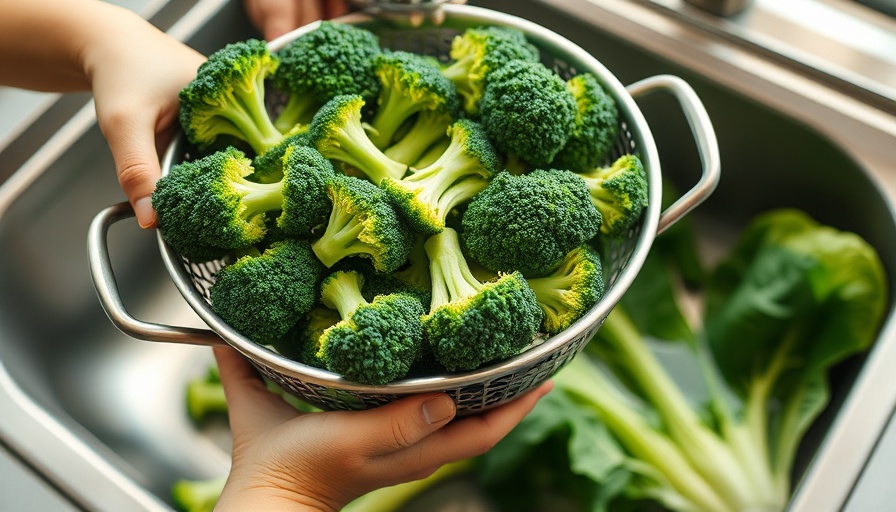
Discover the Power of Vitamin K in Your Diet
Vitamin K is often overshadowed by other nutrients, yet it plays a crucial role in maintaining our health. This vitamin is key for blood clotting, bone health, and even supporting cardiovascular wellness. With a diverse array of foods available, incorporating vitamin K-rich options into your meals can enhance your overall well-being significantly.
Top Vitamin K-Rich Foods You Should Not Miss
Among the numerous foods containing vitamin K, leafy greens reign supreme. Mustard greens, collard greens, and Swiss chard are some of the highest sources. For instance, a mere half-cup of cooked mustard greens delivers a staggering 346% of the recommended daily value (DV). Spinach and broccoli also make great additions to your diet, providing essential vitamins while offering tasty flavors.
The Importance of a Balanced Diet: Why It Matters
Integrating foods rich in vitamin K into a comprehensive nutrition plan fosters better health outcomes. This nutrient works synergistically with calcium and vitamin D to fortify bones, making it particularly beneficial for individuals seeking to prevent osteoporosis. As we age, ensuring we receive adequate vitamin K can aid in maintaining strong, resilient bones.
Where to Find Vitamin K in Unlikely Places
While leafy greens are the heavyweight champions of vitamin K, certain fruits and oils can also contribute. For instance, avocados and prunes offer more than just appealing tastes; they provide a good source of this vital nutrient. Additionally, pairing foods rich in vitamin K with healthy fats, such as olive oil, maximizes absorption—illustrating a simple way to enhance nutrient intake.
Holistic Approaches for Improving Nutrient Intake
For healthcare professionals and patients alike, understanding how to integrate these nutrient-rich foods into everyday meals is fundamental. Preparing kale salads with a drizzle of olive oil or blending spinach into morning smoothies can unveil numerous health benefits while ensuring each bite is both delicious and nutritious.
Nutritional Synergy: The Key to Better Health
It's widely known that eating whole foods is more beneficial than taking supplements. Vitamins obtained through food are better absorbed and utilized by the body. As you venture into enhancing your vitamin K intake, consider creating meals showcasing a combination of colorful, nutrient-dense ingredients. Eating clean doesn’t have to be pricey—embracing seasonal and locally-sourced foods can keep your grocery bill manageable while maximizing health benefits.
Your Path to Holistic Health
Incorporating vitamin K-rich foods into your diet can be a rewarding endeavor, ultimately leading to improved health markers. If you wish to explore holistic nutrition pathways, do not hesitate to reach out to wellness professionals who can offer tailored advice. Give us a call at 984-238-6164 or email us at tom@mywellnesstrain.com to begin your journey to holistic health.
 Add Row
Add Row  Add
Add 




Write A Comment